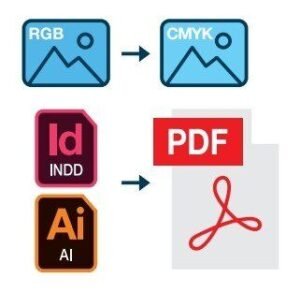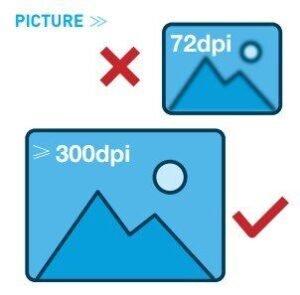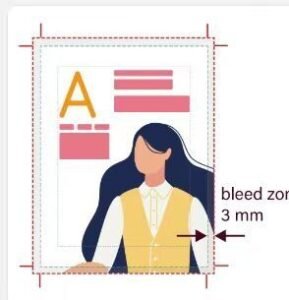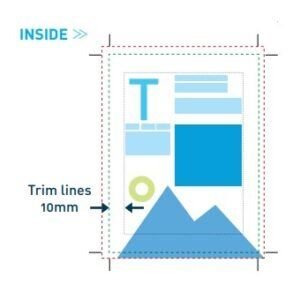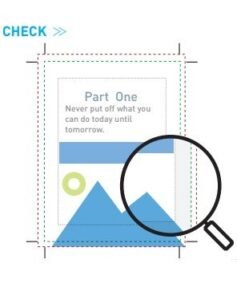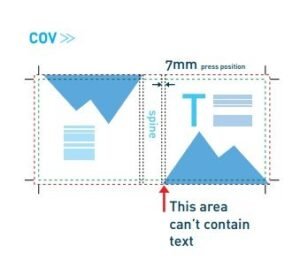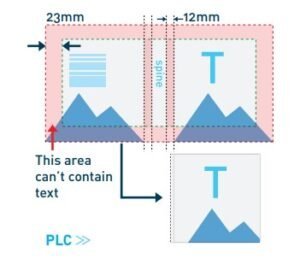Proudly Served






A flexibound book is a type of bookbinding that combines elements of both softcover and hardcover bindings. It has a flexible cover like a paperback, but the cover is typically made of a thicker, more durable material, often with additional reinforcement, giving it more durability and a feel similar to a hardcover. This type of binding allows the book to lie flat when open, making it popular for a wide range of uses, including children’s books, cookbooks, and travel guides.
How A Flexibound Book Is Made?
The typical procedure for manufacturing a flexibound book, similar to hardcover books, involves prepress, printing, folding, sewing, casemaking, and casebinding. Such a complex process requires advanced machinery and seasoned expertise.
With 36 years of industry experience, Huaxin Printing provides a comprehensive in-house manufacturing solution, eliminating the need for outsourcing. Our specialized color management guarantees that your product meets the highest standards.
Prepress
Elevate your print projects with advanced prepress experience and compliance with ISO 12647-7 color management standard.
Printing
Fully automated printing presses with the speed of up to 18,000 sheets per hour. CIP-3 ink management and experienced press operators.
Folding
Swift adjustment of any trim sizes from 8-page per signature to 64-page per sheet. Up to 700,000 sheets per day.
Sewing
Fully automated sewing machines can sewn up to 600,000 sheets per day. Semi-automatic oversized sewing can be accomplished as well.
Casemaking
Fully automated machine making book covers with C1S card paper completed all in once. Up to 80,000 pieces per day.
Case-In
Over 20m (65 ft)-long Kolbus casebound line with gluing, binding and tri-cutting all integrated together.
Our Works
Binding for Flexibound Books

Flexibound books offer a balance between hardcovers and paperbacks, providing a lightweight yet durable option. The flexible cover, securely attached to the spine, ensures both durability and a premium appearance without the added weight or cost, making them an ideal choice for bulk buyers and publishers.
With 36 years of industry experience, Huaxin Printing leverages its expertise in flexibound book printing and advanced in-house machinery to transform your designs into beautifully crafted books.
Flaps for Flexibound Books
While it is possible to add flaps to the front and back covers of flexibound books, it is strongly not recommended. Unlike paperback flaps, which can be produced automatically, flexibound books with flaps require manual adjustments and additional work on the casebinding machine. This significantly increases manufacturing costs.


Book Sizes
Searching for the ideal format for your next flexibound project? Whether you prefer portrait or landscape orientations, a variety of sizes are available to suit your genre, audience, and content.
Standard formats might be your best option for meeting customer needs and ensuring easy storage. They’re also cost-effective. If you’re considering a custom size, remember that unique formats may increase costs and production time due to additional preparation work.
To help you get started, here’s a guide to popular sizes tailored for different genres.
| US Market Sizes | Europe & ANZ Market Sizes |
|---|---|
| Book Sizes | Book Sizes |
| 8.5″ x 11″/ 6″ x 9″/ 8″ x 10″/ 5.5″ x 8.5″ | 210 mm x 297 mm/ 152 mm x 230 mm/ 148 mm x 210 mm |
| Catalog, Magazine and Booklet Sizes: | Catalog, Magazine and Booklet Sizes: |
| 8.5″ x 11″/ 5.5″ x 8.5″ | 210 mm x 297 mm/ 148 mm x 210 mm |
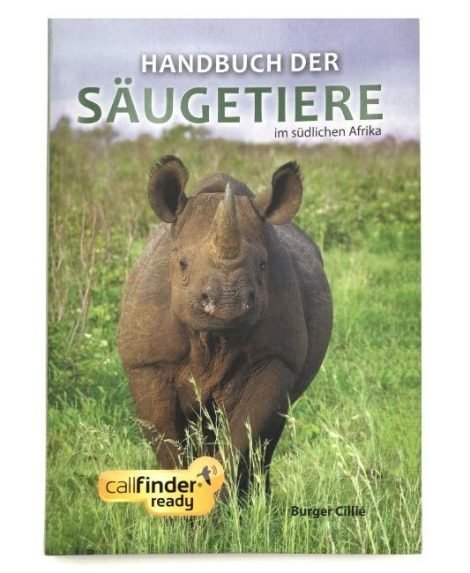
Designing Tips

Flexibound books often feature artwork, photography, and formatted typography. Whether these elements are handled in-house or by a designer, understanding the technical aspects of print-ready files is crucial. This includes accounting for bleed zones, safety margins, and trim lines. Additionally, ensure the correct image resolution and color space to meet design specifications, such as image wrapping.
Keep in mind that flaps are strongly not recommended for flexibound books.
Here are key tips for file preparation to achieve optimal printing results.
For optimal printing results, it’s recommended to save your files in PDF format as vectors. We advise using Adobe Illustrator or Adobe InDesign for designing flexibound books. These platforms also allow for the necessary conversion of color space from RGB to CMYK, which is essential for offset printing.
Within the required 3 mm bleed zone, it’s important to indicate trim lines that define the final dimensions of the finished page. Make sure that key elements on your page are placed at least 10 mm away from these trim lines.
Within the designated bleed zone, it’s crucial to mark the trim lines that define the final size of the finished page. To ensure optimal results, keep essential page elements at least 10 mm away from these lines.
When a photo or artwork spans a two-page spread, make sure that critical elements, such as facial features or key details, do not fall on the central fold.
Ensure consistency in all formatting elements throughout the document, including fonts, font sizes, drop caps, section dividers, page numbers, margins, chapter titles, and page breaks.
Make sure that there should be an extra 7mm alongside the cover file for wrapping over the board. Plus, there should be no text along the two edges of the spine.
Keep in mind that in flexibound books, the cover dimensions are larger than the pages, requiring a minimum bleed of 23 mm for proper board wrapping
Pricing
| Page Number | 500 Copies | 1,000 Copies | 2,000 Copies | 5,000 Copies |
|---|---|---|---|---|
| 32 Pages | USD 1.78 | USD 1.30 | USD 1.12 | USD 1.02 |
| 64 Pages | USD 2.52 | USD 1.81 | USD 1.50 | USD 1.27 |
| 128 Pages | USD 4.11 | USD 2.84 | USD 2.26 | USD 1.84 |
| 256 Pages | USD 7.13 | USD 4.14 | USD 3.66 | USD 2.86 |
Remarks:
- All prices above are the unit prices corresponding to the number of text pages and print-runs;
- All prices are EXW only and does not include any logistics cost;
- All prices are based on the trim size of 8.5″ * 11″ (216 * 280mm);
- Cover 250gsm/92 lb C1S cardstock with matte lamination;
- Text pages 128gsm/ 86lb coated matte art paper;
- Individual endpaper 140gsm/ 95lb uncoated woodfree paper;
- Cover and text pages all color printed;
- Packed no more than 18kg/carton, no shrinkwrapping
Finishing
In the book manufacturing process, cover finishing is a crucial element that enhances both the aesthetic appeal and structural integrity of the final product. Available techniques include gloss and matte lamination, as well as advanced methods like embossing, debossing, and foil stamping. These choices play a key role in improving the book’s tactile quality, durability, and overall market appeal.
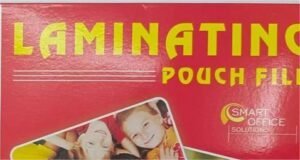
Lamination
Lamination adds a protective layer to book covers, increasing durability and offering options in gloss or matte for visual appeal.

Foiling
Foiling applies metallic or pigmented foil to the cover, providing a premium finish and enhancing the book’s visual distinctiveness.

Embossing
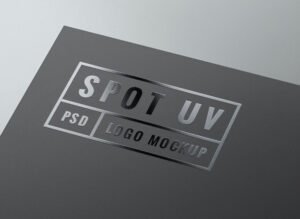
Spot UV
Spot UV applies a UV-coated layer to specific areas of the cover, creating texture contrast and highlighting key design elements for visual interest.

Gilding
Color edge gilding adds metallic foil to the book’s edges, making them more durable and giving the book a unique look that matches the cover.

Varnishing
Varnishing involves applying a liquid coating to the cover to improve durability and add shine, with options for gloss, matte, or satin finishes. This can be done either in-line or off-line.
Materials
Paper Materials
If your flexibound book features vibrant visuals, opt for art paper in either gloss or matte. Gloss is ideal for image-heavy books, while matte works well for books that combine text and images, ensuring both sharp text and vivid pictures.
For text-centric flexibound books with simple black-and-white graphics, uncoated offset paper is your best choice. This absorbent paper has a natural white color, making it perfect for easy reading.
When customizing your flexibound books, you’ll need at least two types of paper: one for the inside pages and another for the cover. You can also include endpapers, which can match the interior paper or be a different material. Endpapers add a touch of quality and offer space for personal notes or autographs.

Glossy Art Paper

Matte Art Paper

Uncoated Woodfree Paper
Paper Options for Flexibound Books
While there are many paper options for printing books, certain types are more commonly used for flexibound books. If you need your books printed quickly using widely accepted paper, consider the following options that are more readily available in the market.
Text Paper
- 80gsm/54lb coated
- 105gsm/71lb coated
- 128gsm/86lb coated
- 157gsm/106lb coated
- 80gsm/54lb uncoated
- 100gsm/68 lb uncoated
Cover Paper
- 250gsm / 92lb C1S
- 300gsm / 110lb C1S
Endpaper
- 120 gsm / 81 lb uncoated text
- 140 gsm / 95 lb uncoated text
Cover Finishing Materials
When aiming to create a lasting impression with your book cover, several key finishing options are available. Lamination, a popular choice for adding both protection and tactile quality, comes in either gloss or matte finishes. For a more luxurious look, foiling can add metallic or colored highlights to your cover design.
Spot UV coating is an effective technique for adding texture and highlighting specific cover elements. For a distinctive touch, edge gilding applies metallic or colored foil to the book’s edges. Varnishing, available in gloss, matte, or satin, adds a final layer of durability and sheen.
By carefully choosing the right finishing techniques, you can greatly enhance the durability and visual appeal of your book cover, making it a standout product.
Lamination Materials
Given the difference of glossiness and texture, lamination can be categorized as glossy lamination, matte lamination, scuff-free lamination and soft-touch lamination. The latter two options usually result in higher cost.

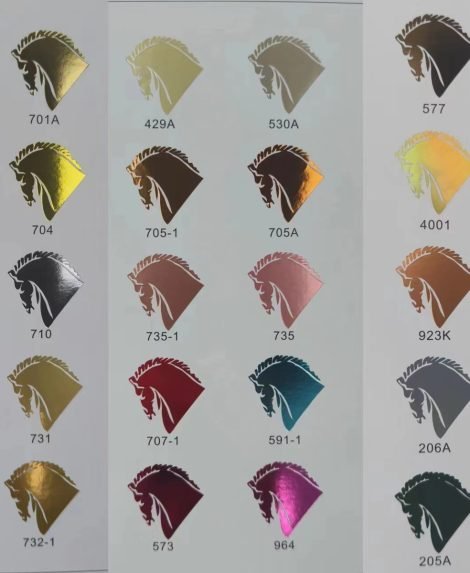
Foil Stamping Materials
Metallic Foil: The most common type, often available in gold, silver, and bronze, adds a shiny, metallic finish to the cover elements.
Pigment Foil: Unlike metallic, pigment foils offer a matte finish and are available in various colors, including white and black.
Holographic Foil: This foil creates a 3D effect, adding a futuristic and eye-catching element to the book cover.
Pearl Foil: Offering a pearlescent finish, this foil adds a subtle shine without being overly reflective.
Gloss Pigment Foil: This combines the color variety of pigment foils with the shiny finish of metallic foils.
Matte Metallic Foil: Provides the metallic look but with a subdued, matte finish.
Spot UV Materials
Gloss Varnish: This type provides a shiny, reflective finish, enhancing the vibrancy of colors on the book cover.
Matte Varnish: Offering a subdued, non-reflective finish, matte varnish is ideal for a more understated or elegant look.
Satin Varnish: Satin varnish strikes a balance between gloss and matte, offering a semi-gloss finish that’s not too shiny but still adds a touch of elegance.
UV Varnish: This is a special type of varnish cured with ultraviolet light, often used in Spot UV techniques to highlight specific areas of the cover.
Soft-Touch Varnish: This varnish gives the cover a soft, velvety feel, adding a tactile dimension to the book.

Accessories Materials
Want to give your flexibound book that extra flair? Consider adding some stylish accessories. Ribbons make for elegant bookmarks and add a touch of class. Head and tail bands at the top and bottom of the spine not only look great but also offer added durability. And let’s not forget stickers; they’re a fun and easy way to showcase awards or special features. These little extras can make a big difference, turning an ordinary book into something special that readers will treasure.
H/T Band

H/T band is the abbreviation of “Head and tail bands”. These small fabric bands, placed at the top and bottom of the book’s spine, not only add a dash of color and style but also enhance the book’s durability. They’re a nod to traditional bookbinding while serving a functional purpose. A small detail like this can elevate the overall look and feel of your book, making it a keepsake for years to come.
When it comes to ribbons in hardcover books, material matters. Most commonly made from satin, grosgrain, or even silk, these ribbons serve as built-in bookmarks that add a touch of luxury. Satin offers a smooth, glossy finish, while grosgrain provides a textured, ribbed feel. Silk, the epitome of elegance, takes the book’s aesthetic to the next level. Whichever material you choose, a ribbon bookmark adds both function and flair to your hardcover book.
Ribbons

Stickers

When it comes to enhancing flexibound books with stickers, the material choices are varied, each serving a specific purpose:
Paper Stickers: The most common type, usually 80gsm or 21 lb, ideal for general labeling or promotional use.
Vinyl Stickers: Known for their durability and water resistance, these are often used for outdoor or heavy-duty applications.
Polyester Stickers: These offer excellent heat and chemical resistance, making them suitable for specialized needs.
Foil Stickers: Made with metallic foil, these stickers add a luxurious, reflective quality to the book cover.
Clear Stickers: Made from transparent material, these are often used for a more subtle labeling effect.
Reusable Stickers: Created with special adhesives that allow for easy removal and reapplication.
Non-reusable Stickers: These use a stronger adhesive that ensures the sticker stays in place permanently.
About Huaxin
A family business founded in 1988 with three generations involved, Huaxin Printing has been devoting all its effort to print hardcover books with the highest possible quality.
Hua Xin has been certified with ISO 9001:2015 as well as the FSC (Forest Steward Council), and has been audited by 4-Pillar Sedex for social compliance (SMETA).
Let's Talk
If you intend to make some flexibound books, or simply want to know more about us, feel free to send us a message.

